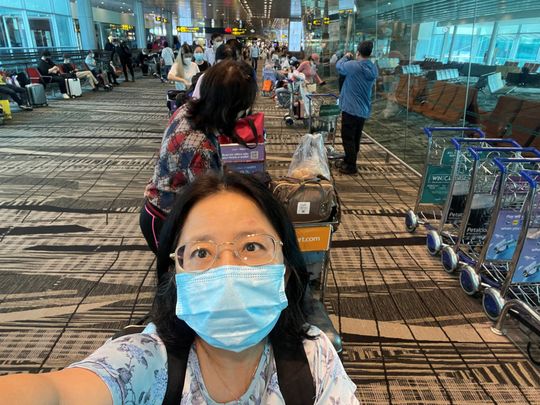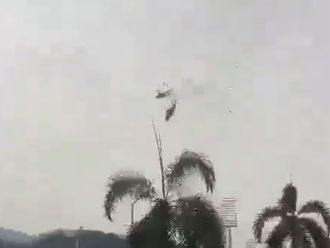
BEIJING: The peak of China’s COVID-19 wave is expected to last two to three months, and will soon swell over the vast countryside where medical resources are relatively scarce, a top Chinese epidemiologist has said.
Infections are expected to surge in rural areas as hundreds of millions travel to their home towns for the Lunar New Year holidays, which officially start from January 21, known before the pandemic as the world’s largest annual migration of people.
China last month abandoned the strict anti-virus regime of mass lockdowns, and finally reopened its borders this past Sunday.
The abrupt dismantling of restrictions has unleashed the virus onto China’s 1.4 billion people, more than a third of whom live in regions where infections are already past their peak, according to state media.
But the worst of the outbreak was not yet over, warned Zeng Guang, the former chief epidemiologist at the Chinese Centre for Disease Control and Prevention, according to a report published in local media outlet Caixin on Thursday.
“Our priority focus has been on the large cities. It is time to focus on rural areas,” Zeng was quoted as saying.
He said a large number of people in the countryside, where medical facilities are relatively poor, are being left behind, including the elderly, the sick and the disabled.
Authorities have said they were making efforts to improve supplies of antivirals across the country. Merck & Co’s molnupiravir was made available in China from Friday.
The World Health Organization this week also warned of the risks stemming from holiday travelling.
While China’s reopening has given a boost to financial assets globally, policymakers around the world worry it may revive inflationary pressures.
Growth is then seen rebounding to 4.9% this year, still well below the pre-pandemic trend.












